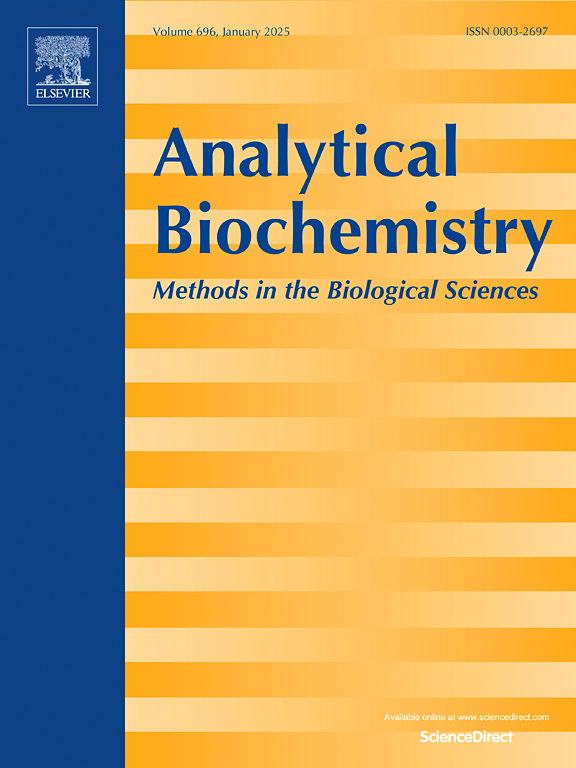Electrochemical flow injection analysis platforms for biomedical applications – Progress and prospects
IF 2.6
4区 生物学
Q2 BIOCHEMICAL RESEARCH METHODS
引用次数: 0
Abstract
Flow injection analysis coupled with electrochemical detection (FIA-ECD) techniques has to be a key technological development for wide variety of applications in various domains such as synthetic analytical chemistry, materials science, biomedical and point-of-care devices. FIA-ECD techniques have to be unique due to decreasing the time of analysis, sample pre-treatment, reactions and separation-free detection for multi-analytes. In biomedical domain, various electrochemical sensors were decorated with bioactive molecules, i.e., DNA, antibodies, enzymes along with biocompatible polymers for the detection of biologically important chemicals and analytes. The flexibility and practical applicability of these sensors may serve as a new pattern for clinical and biomedical analytical instrumentations. This review covers the highlights and overview of the most successful and promising electrochemical sensors, biosensors and immunosensors integrated with the flow injection analysis platforms, fabrication and analytical parameters, pros and cons of these sensor technologies, challenges and future opportunities in point-of-care clinical analysis.

生物医学应用的电化学流动注射分析平台。进展与展望。
流动注射分析与电化学检测(FIA-ECD)技术相结合已成为合成分析化学、材料科学、生物医学和护理点设备等各个领域广泛应用的关键技术发展。FIA-ECD技术必须是独一无二的,因为它减少了分析、样品预处理、反应和多分析物无分离检测的时间。在生物医学领域,各种电化学传感器被生物活性分子修饰,如DNA、抗体、酶以及生物相容性聚合物,用于检测生物学上重要的化学物质和分析物。这些传感器的灵活性和实用性可能成为临床和生物医学分析仪器的新模式。本文综述了与流动注射分析平台集成的最成功和最有前途的电化学传感器、生物传感器和免疫传感器的重点和概述,制造和分析参数,这些传感器技术的优缺点,以及在护理点临床分析中的挑战和未来机遇。
本文章由计算机程序翻译,如有差异,请以英文原文为准。
求助全文
约1分钟内获得全文
求助全文
来源期刊

Analytical biochemistry
生物-分析化学
CiteScore
5.70
自引率
0.00%
发文量
283
审稿时长
44 days
期刊介绍:
The journal''s title Analytical Biochemistry: Methods in the Biological Sciences declares its broad scope: methods for the basic biological sciences that include biochemistry, molecular genetics, cell biology, proteomics, immunology, bioinformatics and wherever the frontiers of research take the field.
The emphasis is on methods from the strictly analytical to the more preparative that would include novel approaches to protein purification as well as improvements in cell and organ culture. The actual techniques are equally inclusive ranging from aptamers to zymology.
The journal has been particularly active in:
-Analytical techniques for biological molecules-
Aptamer selection and utilization-
Biosensors-
Chromatography-
Cloning, sequencing and mutagenesis-
Electrochemical methods-
Electrophoresis-
Enzyme characterization methods-
Immunological approaches-
Mass spectrometry of proteins and nucleic acids-
Metabolomics-
Nano level techniques-
Optical spectroscopy in all its forms.
The journal is reluctant to include most drug and strictly clinical studies as there are more suitable publication platforms for these types of papers.
 求助内容:
求助内容: 应助结果提醒方式:
应助结果提醒方式:


